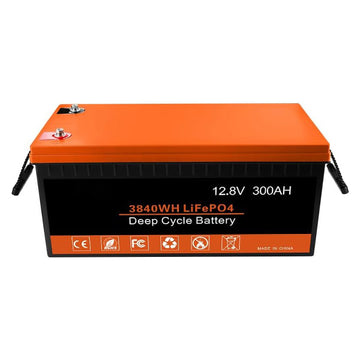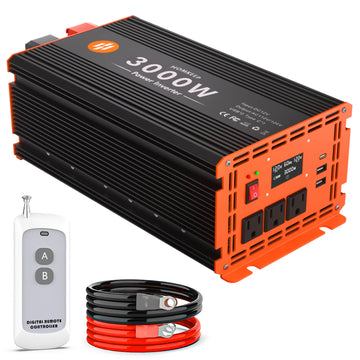1. Entering Parameters
In the Calculator screen, you will see fields for parameters that need to be entered. These parameters typically include:
Solar Panel Parameters: such as Open Circuit Voltage (Voc), Short Circuit Current (Isc), Maximum Power Point Voltage (Vmp), and Maximum Power Point Current (Imp). These parameters can usually be found in the solar panel specification sheet or datasheet.
System specifications: such as the target voltage (Vtarget) and/or current (Itarget) you wish to achieve, and any other constraints you may have, such as maximum string length limitations.
2. Performing calculations
After you have entered all the necessary parameters and selected the appropriate configuration options, click on "Calculate" or a similar button. The calculator will perform calculations based on your inputs and display the results.
3. Viewing Results
The results of the calculations are usually presented in the form of a table, graph, or text description. You will see the recommended series-parallel configuration, including key information such as the number of panels per string, the total number of strings, the total voltage and the total current.
4. Analysis and Adjustment
Based on the calculation results, you can evaluate whether the system is performing as expected. If needed, you can go back to the input screen, adjust the parameters or configuration options, and then redo the calculations. This process can help you find the optimal system configuration solution.






